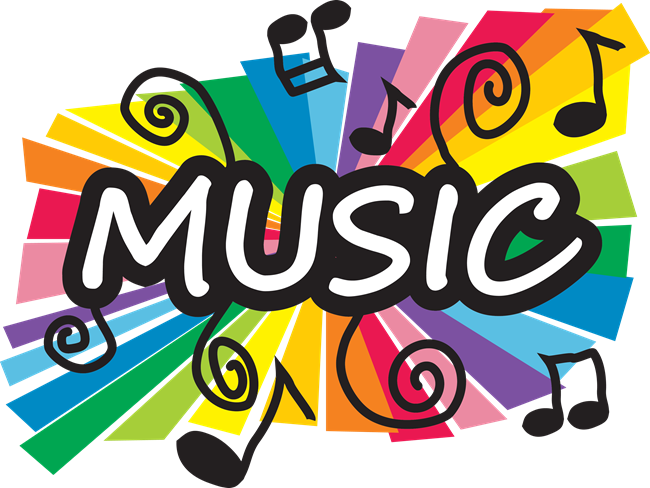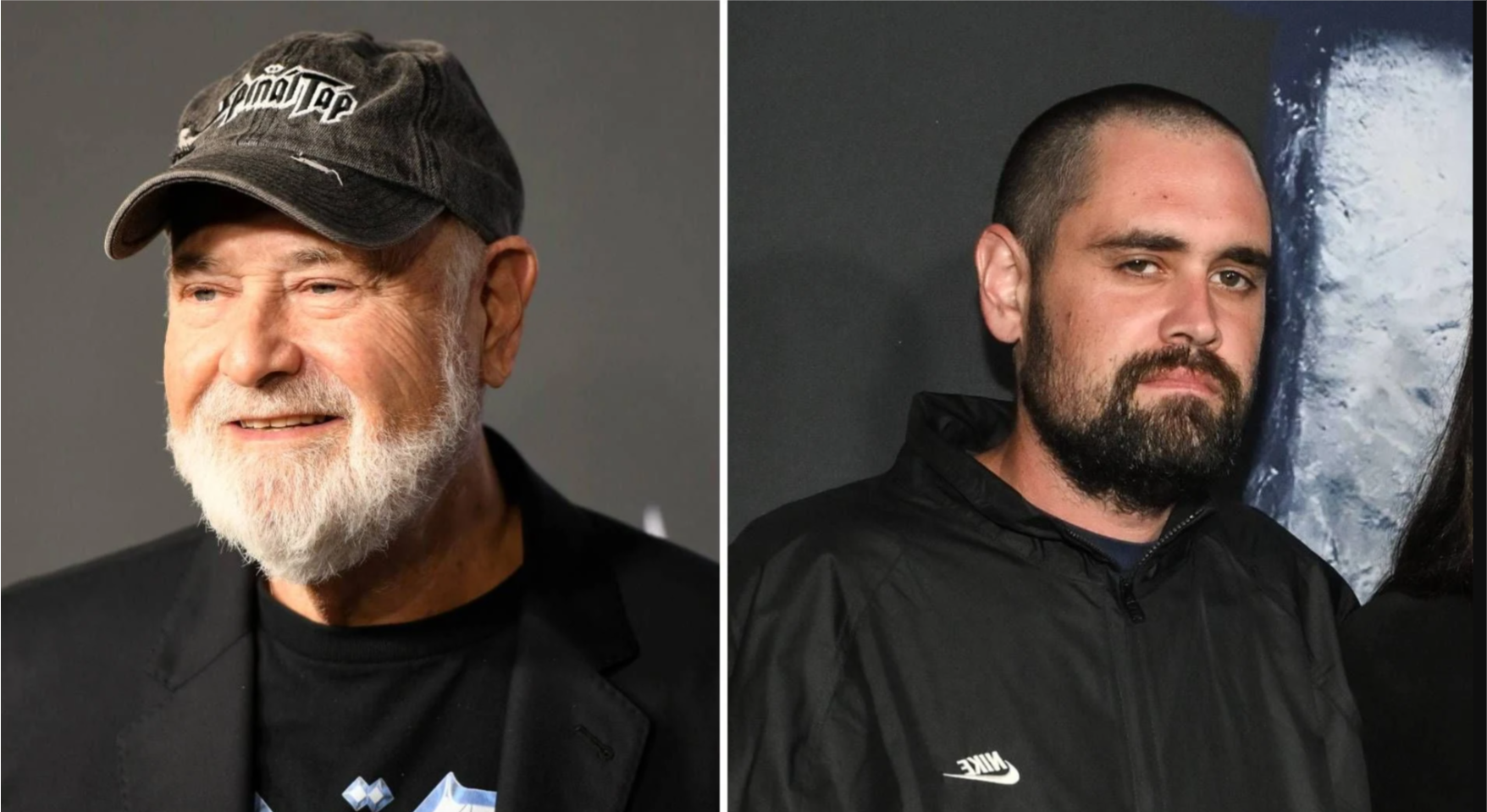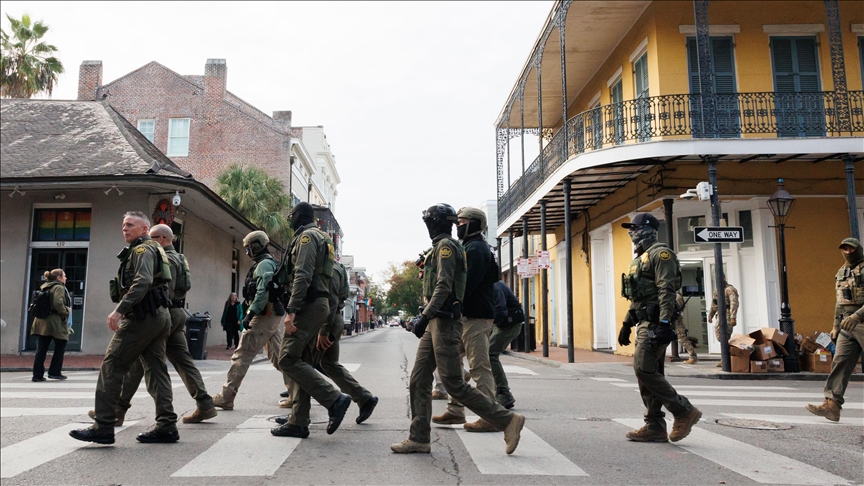(ThyBlackMan.com) “Music is music and it doesn’t have (or see) a color” is a phrase I’ve heard or read many times over the years. Usually when this phrase popped up, it was in online communities where I’m one of a couple of people of color in a rock or metal group. I’ve also run into this after someone in YouTube comments bring up the historical links of a genre or sound to people of color.
Now, on the YouTube comments point I’d say that’s points against me for reading the comments section. It’s sometimes garbage with some appreciation among fans and a thimble of wholesome moments. You might even read an argument where people come to a mutual understanding! I won’t say those are rare but you love to see it—especially when it doesn’t involve name-calling or bring people’s loved ones into the argument.
“Music Doesn’t Have a Color”
That phrase always irked me. On the hand, music itself doesn’t have a color. It’s sound, technique, emotion, tempo, and other elements to auditory art. However, on the other hand, music is given color when musicians of color put their experiences and culture into the music. Prior to bands like Detroit’s Death, D.C’s Bad Brains, Cleveland’s Black Death, and Los Angeles’ Sound Barrier punk and heavy metal were predominantly white.
While some bands don’t put their experiences or culture into the music, those bands added color to their respective genres. Also, you can’t divorce color from music when the roots of most popular music—meaning not simply pop music—have roots in the Black musical tradition. Beyond that, some of the earliest performers and pioneers in popular music are mostly forgotten Black and brown musicians.
The British Invasion of the 1960s was a product of recordings from Black blues musicians from a few decades prior. Most of those musicians ended up leaving music or existing in small circuits. They didn’t really get to tour regularly outside of the U.S until their music got a spotlight during the British Invasion when they were up there in age.
Opportunities and wealth that should’ve came their way because of their talent and showmanship was denied because of being blocked out of some venues in certain regions and a lack of business literacy which made them ripe for the picking by greedy managers and record labels. It’s a story that repeated itself even though white audiences were eating up the music and performances.

So Black and White Music?
The distinctions between “Black music” and “white music” came about with certain genres being associated with artists of a particular color. There are more Black and brown performers in hip-hop in part because the entry into hip-hop is low. The production and performance side requires a bit of a financial investment but to be a rapper you need talent and writing ability first and foremost.
It’s like singing in that sense in that the voice is a free instrument. In rock music, you have more white performers. While vocalists can take a similar route to rappers, being a classically trained singer will get you a standing O.
Of course, “Black music” and “white music” have strong similarities when it comes to strings, synthesizers, and the battery. There’s financial investment to get instruments and just like singing or rapping practice is key to building up that talent. Whether it’s gospel, rock, Southern soul, metal, jazz, punk, blues, or country—hopefully you’re picking up what I’m putting down—the true time when music is color blind is when the investment of time and treasure are concerned.
A Peak in the Window for All Races
Another thing that contributes to the “Black music” and “white music” labelling is lyrical content. There are some themes that are more relatable culturally. It’s like when white America were introduced to how young Black folks from urban communities in Los Angeles lived when NWA dropped Straight Outta Compton in 1988. It was different from that early party hip-hop of the Golden Age hip-hop of the 1980s.
It didn’t have that same anthemic, party vibe and was grittier—which was attractive to white suburban kids. Even today they dig it while many don’t grasp the ongoing story of Black youth turning to crime to achieve the American dream and how a lifestyle of drugs and violence and curdle a human being into viewing life as expendable.
To Black people who lived the experience or were adjacent to it as a civilian it was just the way things were only in music form. It’s similar to how we can laugh and enjoy blues songs and Southern soul tunes about the rascally, fresh old man who dips into another man’s pot before he gets home from work via personal favorite “Mr. Jody” Marvin Sease or women being their most explicit via Peggy Scott Adams or Millie Jackson—if you catch my drift.
I grew up in an old-ish Southern household so I’m very familiar with “Candy Licker” and “Slow Tongue”, folks. White rappers like Eminem and Insane Clown Posse, and rock bands like Papa Roach, Everclear, My Chemical Romance, and others from the late 90s-early 2000s period of rock gave a glance into the lives of white youngsters. I can remember that the constant response to lyrics about hating your parents, wanting to kill them, and contemplating suicide being “white kid sh**”.
Hell, Cypress Hill gave a glance at how Latinx youth were living in Southern California—and it was very similar to how Black youth were surviving and enjoying what moments they could get. That’s another point where music having color comes in. While it can be used to rouse the spirit into support and patriotism, make us want to dance and sing along, or even ad other dress social issues, conflict, and politics—it also gives us a peak in the window to see how people are living outside of our existences.
So, there is Black music, white music, brown music, and so on in a sense. Ultimately, it’s all “devil’s music”. From “Hellhound on My Trail” to “Motel Lover” to “Better by You Better Than Me” to “Black Sabbath” to “Angel of Death” to “Juicy” to “Chicken Huntin” to “Stan” all of it at different times has either been considered of the devil or just straight up degenerate music worthy of a little black and white sticker that actually improved sales for bands regardless of color.
Staff Writer; James Swift, Jr.
Gaming since 1989 and headbanging since 1999, James enjoys comics, RPGs, wrestling, and all things old school and retro. Check out his writing here AfroGamers and The Black Rock and Heavy Metal. You can also find him on Twitter at; metalswift and soon on Kick where he will stream mobile titles.
One can also contact this brother at; JSwift@ThyBlackMan.com.
















The study of ethnomusicology tends to directly point to the origins of much, if not all of the music eclectically appreciated by racist Americans both black and white. In America,certain musical sounds have been selected from a wide array of cultural sounds from the north, south, east and west globally.I found the study of ethnomusicology very interesting, and racist in the American sense of the word.